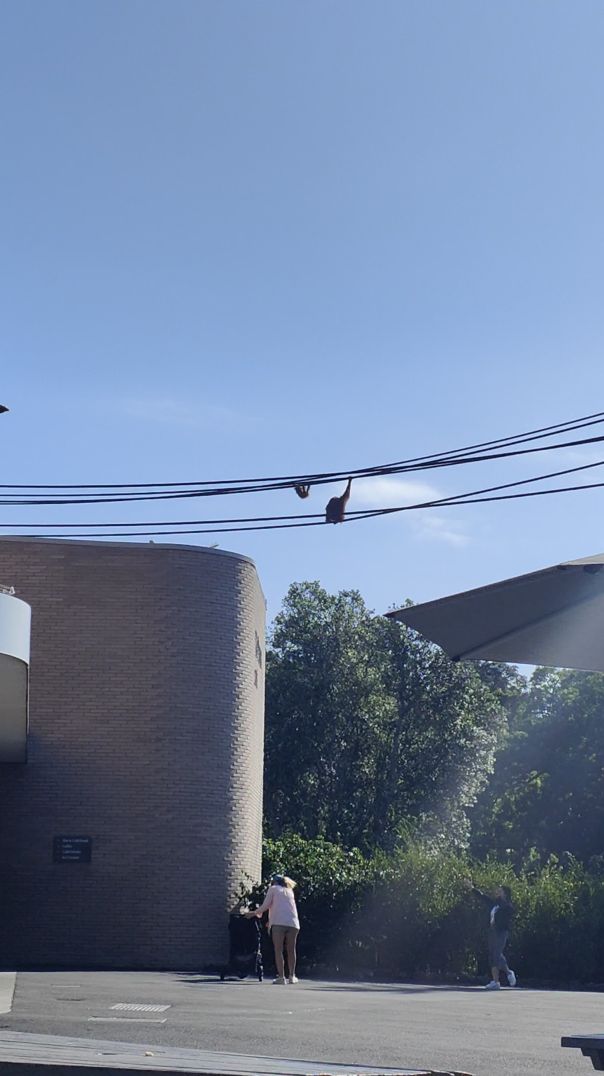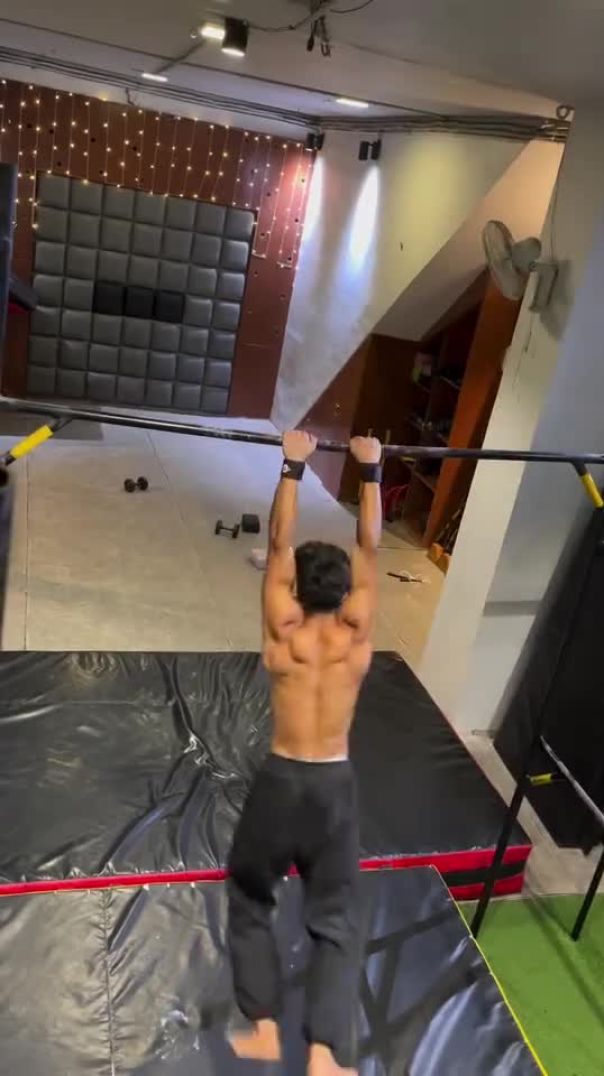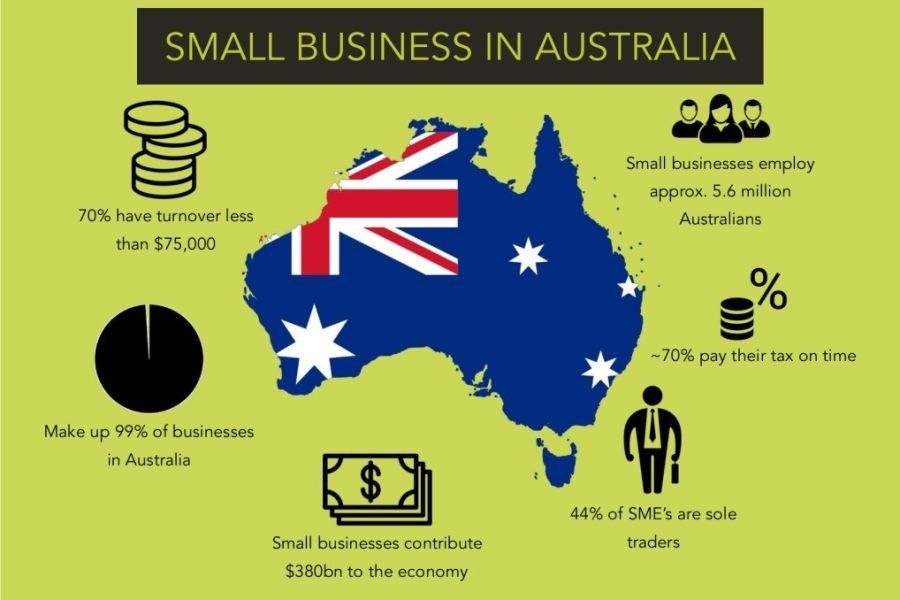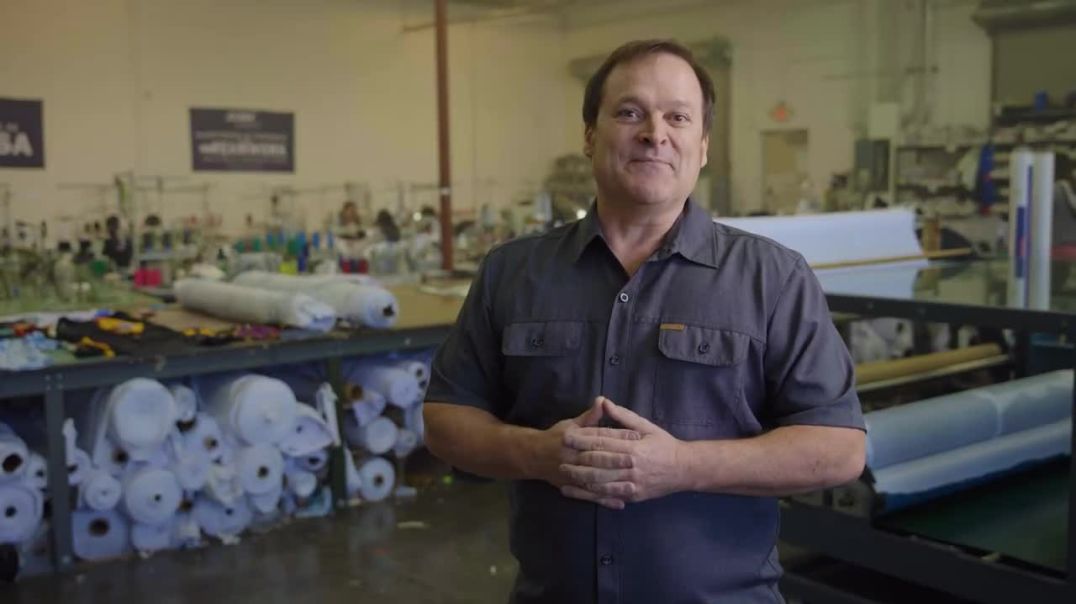Amidst New Zealand's burgeoning housing crisis and escalating property prices, the concept of tiny homes has emerged as an appealing alternative for investors and homeowners alike. While the allure of compact living promises sustainability and cost-efficiency, navigating the regulatory landscape and understanding market dynamics in New Zealand remains critical for success. Let's delve into the intricacies of building a tiny home in New Zealand, exploring market trends, financial considerations, and practical steps to turn this innovative housing solution into a lucrative investment.
Understanding the Tiny Home Trend in New Zealand
The tiny home movement is not merely a fad; it's a response to significant socio-economic challenges. New Zealand's housing affordability issues are well-documented, with Stats NZ reporting a 27% increase in property prices over the past year, prompting many to seek alternative housing solutions. Tiny homes offer a viable option, providing affordability, sustainability, and a minimalist lifestyle.
Market Dynamics and Investment Potential
Investors are particularly drawn to tiny homes for their potential high return on investment (ROI). Compared to traditional housing, tiny homes require a lower initial outlay and can be quickly erected on various plots of land, including leased or shared spaces. According to the Ministry of Business, Innovation, and Employment (MBIE), the demand for affordable housing solutions is projected to rise by 30% over the next decade, positioning tiny homes as a strategic investment opportunity.
Step-by-Step Guide to Building a Tiny Home in New Zealand
1. Understanding Regulations and Compliance
Before embarking on a tiny home project, investors must navigate New Zealand's complex regulatory landscape. While tiny homes offer flexibility, they must comply with local council regulations, which can vary significantly. It's crucial to consult with local authorities to understand zoning laws, building codes, and any restrictions that may apply to your desired location.
2. Securing Financing
Financing a tiny home can be challenging, given their unconventional nature. Traditional mortgage lenders may be hesitant, but alternative financing options are available. Investors should explore personal loans, peer-to-peer lending platforms, or specialized tiny home financing services. According to the Reserve Bank of New Zealand, alternative lending has grown by 15% annually, offering promising avenues for funding.
3. Choosing the Right Design and Builder
A successful tiny home investment hinges on selecting the right design and builder. Consider factors such as sustainability, functionality, and aesthetics. Engaging with experienced tiny home builders who understand the unique demands of this niche market can ensure that your investment is both appealing and compliant with regulations.
4. Marketing and Renting Out Your Tiny Home
Once your tiny home is built, generating income through rental opportunities is a viable strategy. Platforms like Airbnb have facilitated the rise of short-term rentals, and tiny homes are particularly popular among eco-conscious travelers. Ensuring your tiny home is marketed effectively, highlighting its unique features and location advantages, can maximize occupancy rates and profitability.
Real-World Case Study: EcoPods NZ
Problem:
EcoPods NZ, a sustainable tiny home provider, faced challenges in scaling its operations due to regulatory hurdles and financing constraints. Despite high market demand, navigating council regulations and securing funding proved complex.
Action:
EcoPods NZ adopted a strategic approach by partnering with local councils to streamline compliance processes and secured financing through a mixture of crowdfunding and green loans. They also leveraged digital marketing to enhance brand visibility and attract eco-conscious customers.
Result:
- Compliance processes reduced by 40%, expediting project delivery.
- Revenue increased by 50% within the first year of implementation.
- Customer inquiries and bookings rose by 60%, showcasing effective market penetration.
Takeaway:
EcoPods NZ's success illustrates the importance of strategic partnerships and innovative financing in overcoming industry challenges. Their approach highlights the potential for scalable growth within the tiny home market, encouraging investors to explore similar frameworks.
Pros and Cons of Investing in Tiny Homes
Pros:
- Affordability: Lower initial investment compared to traditional housing.
- High Demand: Increasing interest from eco-conscious consumers and the rental market.
- Sustainability: Eco-friendly designs appeal to a growing segment of environmentally aware buyers.
Cons:
- Regulatory Complexity: Navigating local council regulations can be challenging.
- Financing Challenges: Limited traditional lending options for tiny homes.
- Market Saturation: As popularity rises, increased competition may impact rental yields.
Debunking Common Myths About Tiny Homes
Myth: Tiny homes are a passing trend.
Reality: With escalating housing costs, tiny homes are a sustainable solution with lasting appeal, evidenced by a 30% annual increase in demand (MBIE).
Myth: Tiny homes are only for young, single individuals.
Reality: Families and retirees are increasingly adopting tiny homes, attracted by affordability and minimalism.
Myth: Tiny homes depreciate quickly.
Reality: Well-maintained tiny homes retain value, especially those with eco-friendly features, appealing to the growing green market.
Future Trends and Predictions
Looking ahead, the tiny home market in New Zealand is poised for significant growth. According to a report by NZ Property Investors’ Federation, by 2030, tiny homes could account for 15% of the housing market, driven by affordability and sustainability. Furthermore, advancements in eco-friendly construction materials and off-grid technologies will enhance the appeal of tiny homes, attracting a broader demographic.
Conclusion
Investing in tiny homes in New Zealand offers a unique opportunity to capitalize on a growing market trend while addressing critical housing challenges. By understanding the regulatory landscape, securing innovative financing, and choosing the right design and marketing strategies, investors can unlock the potential of tiny homes for sustainable, profitable growth. Ready to explore the world of tiny home investment? Share your thoughts and experiences below!
People Also Ask
How does building a tiny home impact New Zealand's housing market?
Tiny homes provide an affordable, sustainable option, addressing housing shortages and offering new investment opportunities. According to Stats NZ, they could account for up to 15% of the market by 2030, easing affordability concerns.
What are the biggest misconceptions about tiny homes?
Many believe tiny homes are a passing trend or only for singles, but they're a sustainable solution appealing to families and retirees alike. Demand is growing by 30% annually, according to MBIE.
Related Search Queries
- tiny homes NZ regulations
- tiny house financing New Zealand
- eco-friendly tiny home designs
- New Zealand tiny home market trends
- building a tiny house in Auckland
- tiny home rental opportunities NZ
- tiny house zoning laws New Zealand
- off-grid tiny home solutions
- sustainable living New Zealand
- tiny home investment strategies

































fxtroma1875455
2 months ago